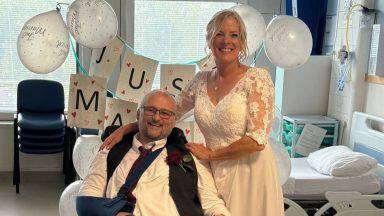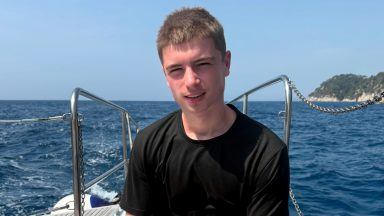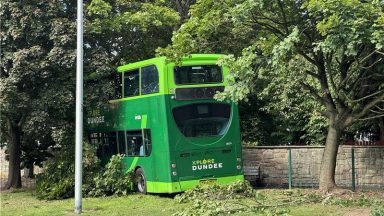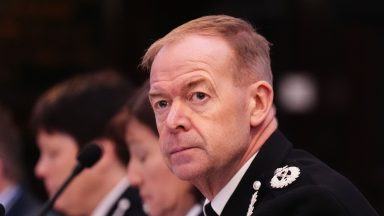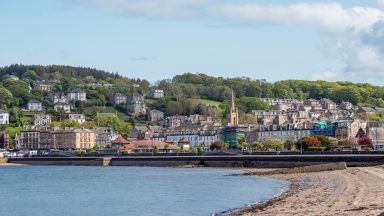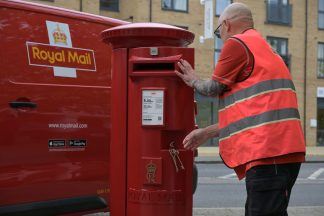People across Scotland are being asked for their views over the use of physical intervention in schools.
New guidance has been developed by the Scottish Government on the issue.
It focuses on preventative support that should be in place to minimise the use of restraint, as well as providing advice and safeguards that must be followed if restraint is used.
The guidance also sets out the forms of restraint that should never be used on children and young people.
It was developed with input from young people, parents, carers, education staff and the Children and Young People’s Commissioner Scotland.
Under the definitions set out by the Government, physical intervention means doing something physical that will change or stop what a child or young person is doing.
It includes restraint as well as non-restrictive interventions.
Restraint is defined as stopping a child or young person from moving, having freedom or being able to move on their own.
Education secretary Shirley-Anne Somerville has urged those with an interest, including young people, to submit their views as part of the Government’s consultation.
The consultation will run until 25 October.
“The draft guidance makes it clear that restraint and seclusion should only ever be used as a last resort and when in the best interests of the child or young person,” said the Cabinet secretary.
“The guidance has been developed carefully, over time, with extensive input from over 30 working group members.
“I would encourage anyone with an interest in this important area, including children and young people themselves, to give their views by taking part in the consultation.
“In addition to the publication of non-statutory guidance, we will explore options to strengthen the legal framework in this area, including placing the guidance on a statutory basis.”
Follow STV News on WhatsApp
Scan the QR code on your mobile device for all the latest news from around the country


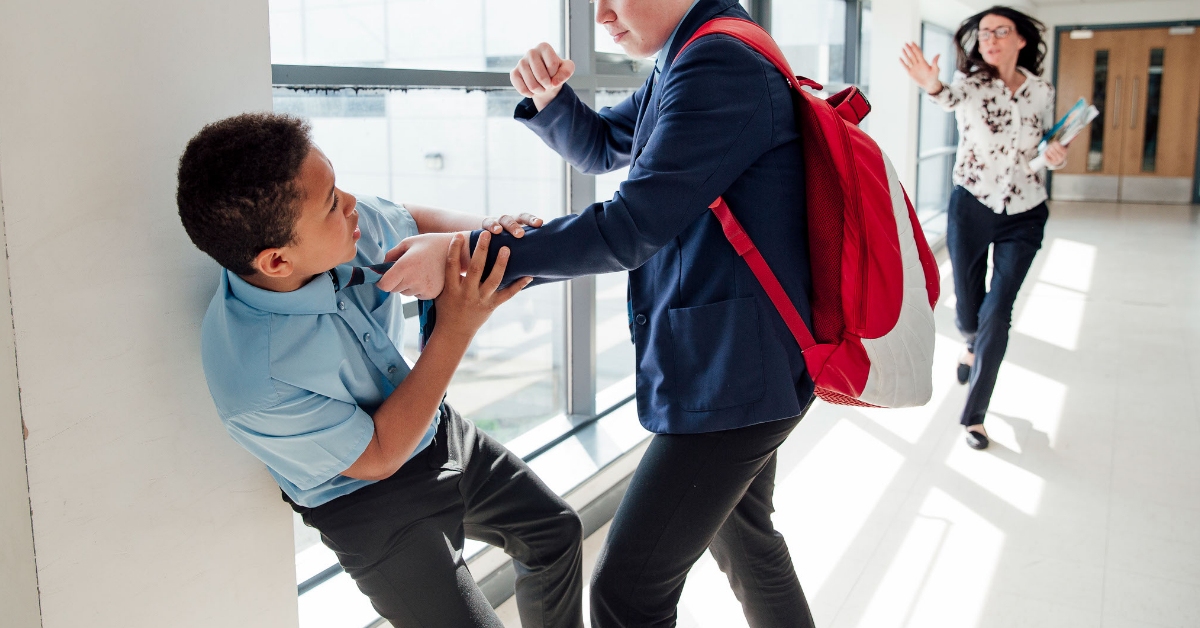 iStock
iStock


